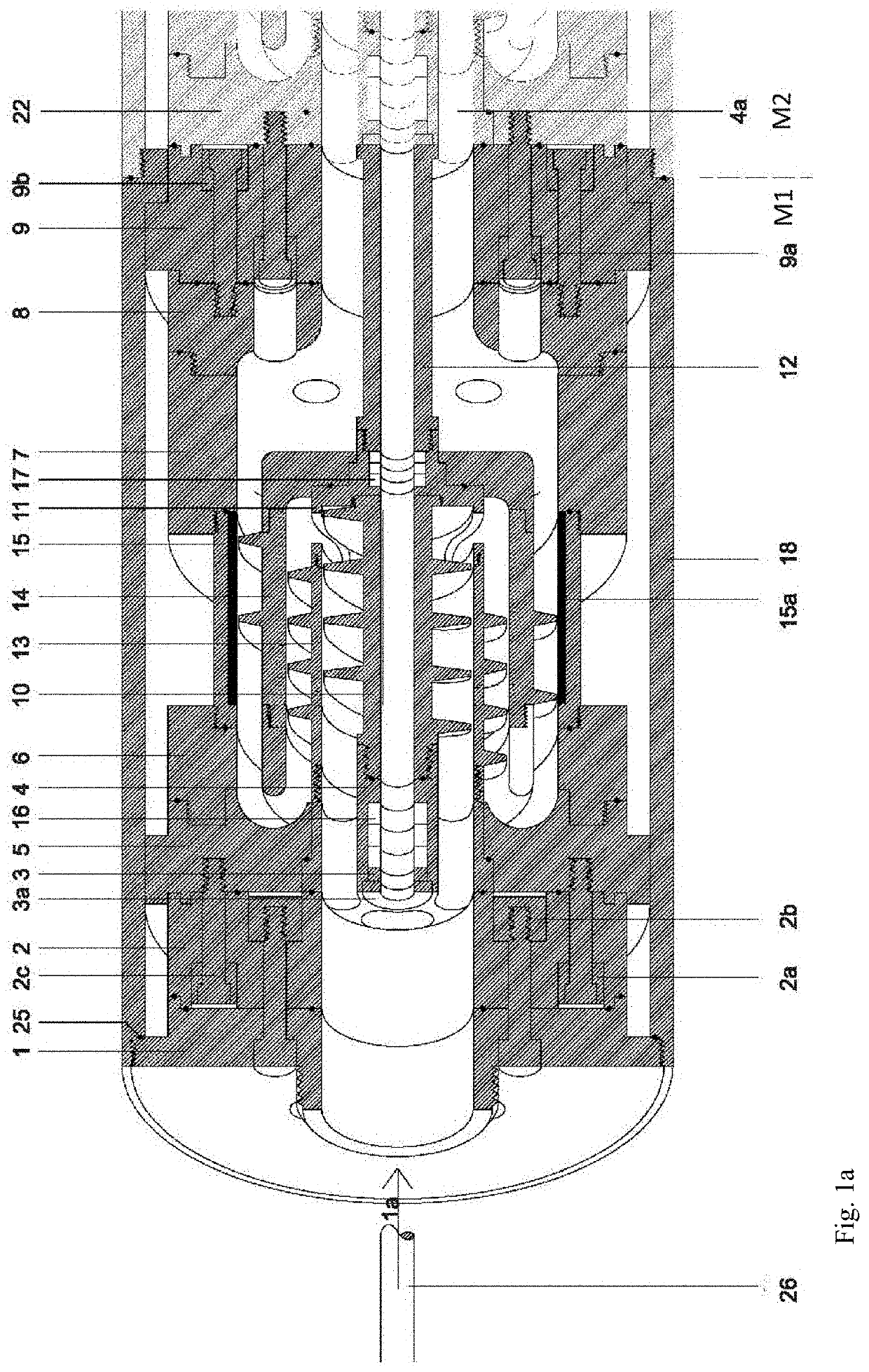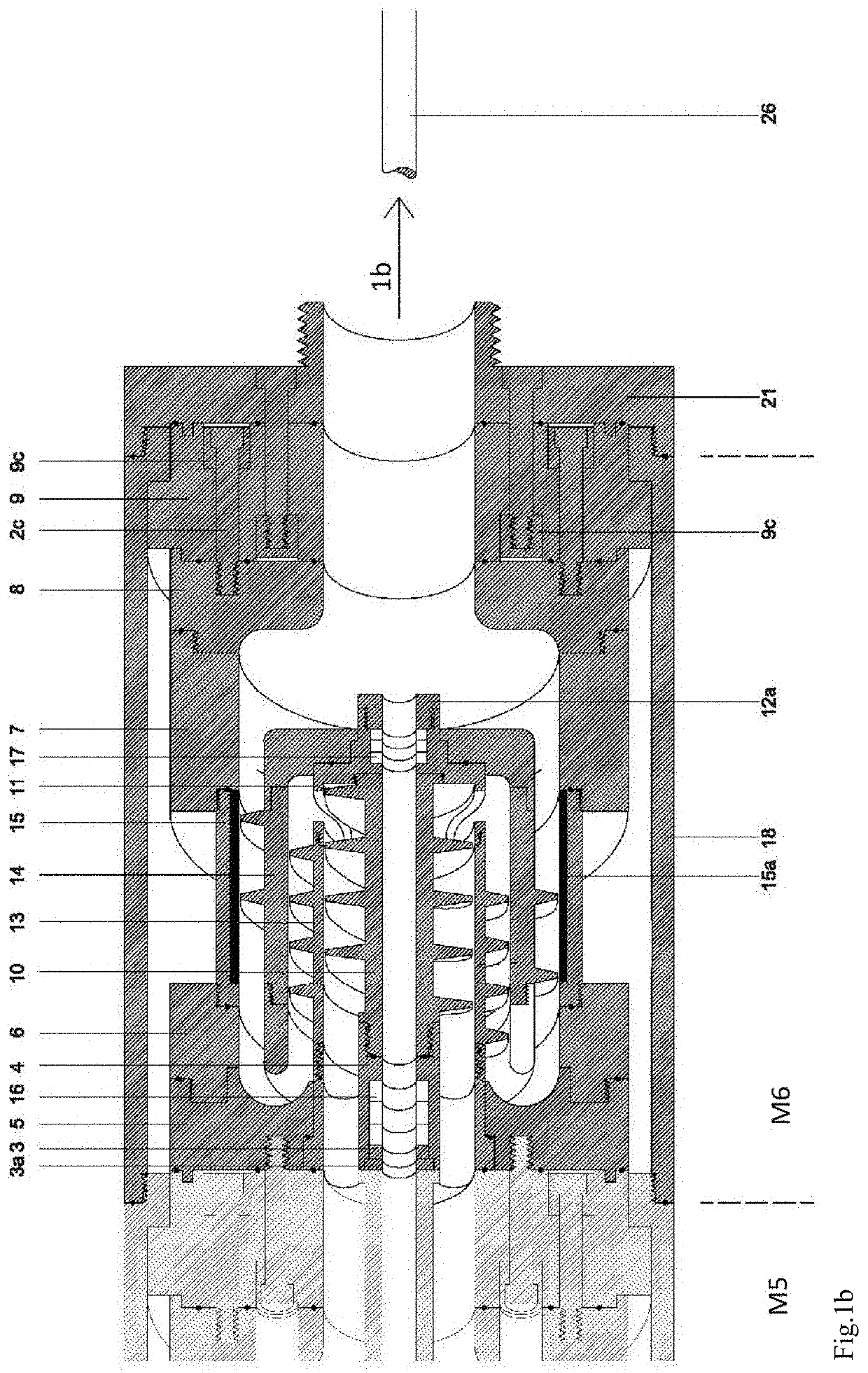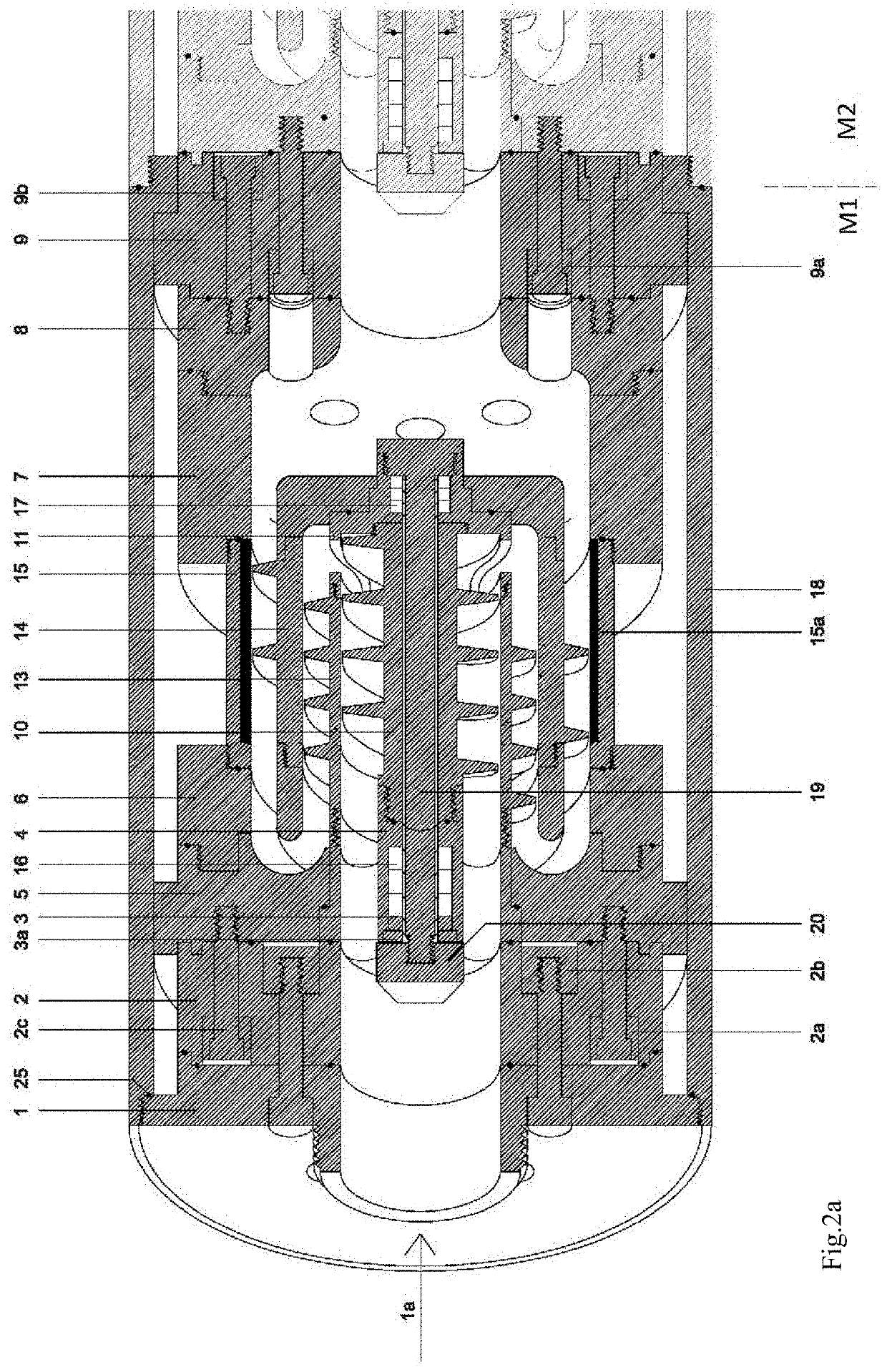Device and method for prevention of formation of sediments of paraffin and asphaltenes deposits in the pipeline
- Summary
- Abstract
- Description
- Claims
- Application Information
AI Technical Summary
Benefits of technology
Problems solved by technology
Method used
Image
Examples
Embodiment Construction
The Field Pertaining to the Invention
[0001]This device is intended for the treatment of crude oil, whereby the formation of paraffin sediments i.e. paraffin wax and asfaltene inside pipelines, equipment and treatment facilities is prevented by means of a device from the field of nanotechnology.
Technical Problem
[0002]Crude oil is mainly consisted of various types of hydrocarbons. Paraffins (alkanes), cycloalkanes and aromatic hydrocarbons are emphasized as the most common types of hydrocarbons in the composition of crude oil. Asfaltenes and naphthenes are also found in the composition of crude oil.
[0003]Paraffins are hydrocarbons of large molecular masses, consisting of chains of 20 or more carbon atoms. Transporting crude oil through pipelines, especially in low-temperature conditions, the paraffins found in crude oil begin to produce crystals of paraffin wax, separate and form deposits along the inner walls of the pipeline. The thickness of such a paraffin sediment increases over t...
PUM
| Property | Measurement | Unit |
|---|---|---|
| Length | aaaaa | aaaaa |
| Angle | aaaaa | aaaaa |
| Angle | aaaaa | aaaaa |
Abstract
Description
Claims
Application Information
 Login to View More
Login to View More - R&D
- Intellectual Property
- Life Sciences
- Materials
- Tech Scout
- Unparalleled Data Quality
- Higher Quality Content
- 60% Fewer Hallucinations
Browse by: Latest US Patents, China's latest patents, Technical Efficacy Thesaurus, Application Domain, Technology Topic, Popular Technical Reports.
© 2025 PatSnap. All rights reserved.Legal|Privacy policy|Modern Slavery Act Transparency Statement|Sitemap|About US| Contact US: help@patsnap.com



